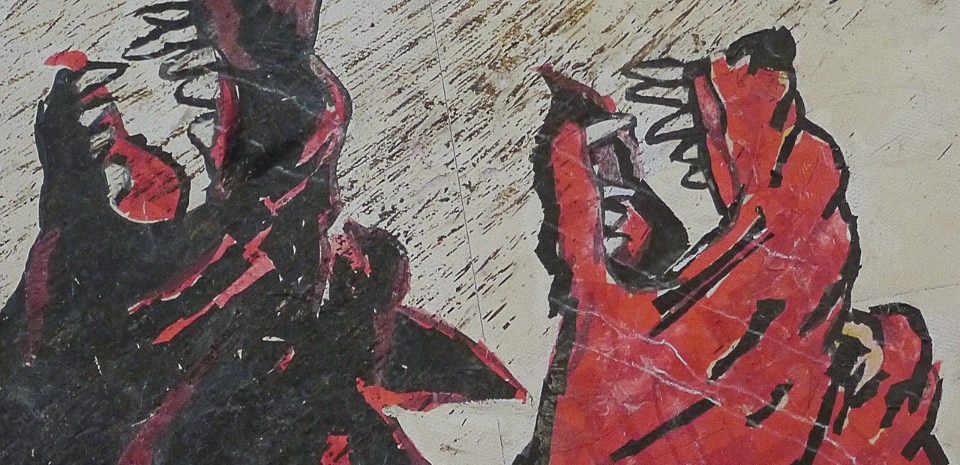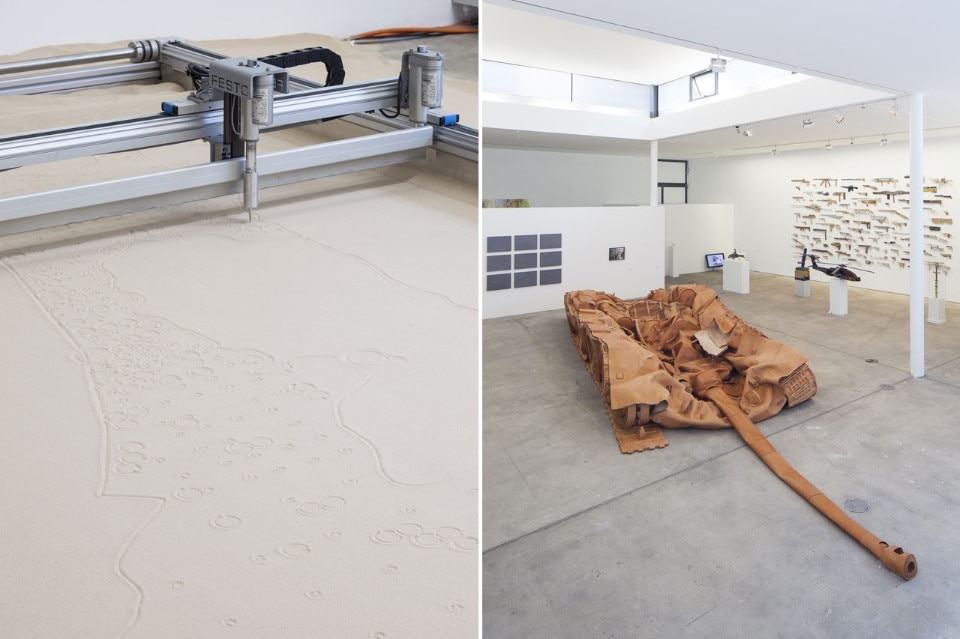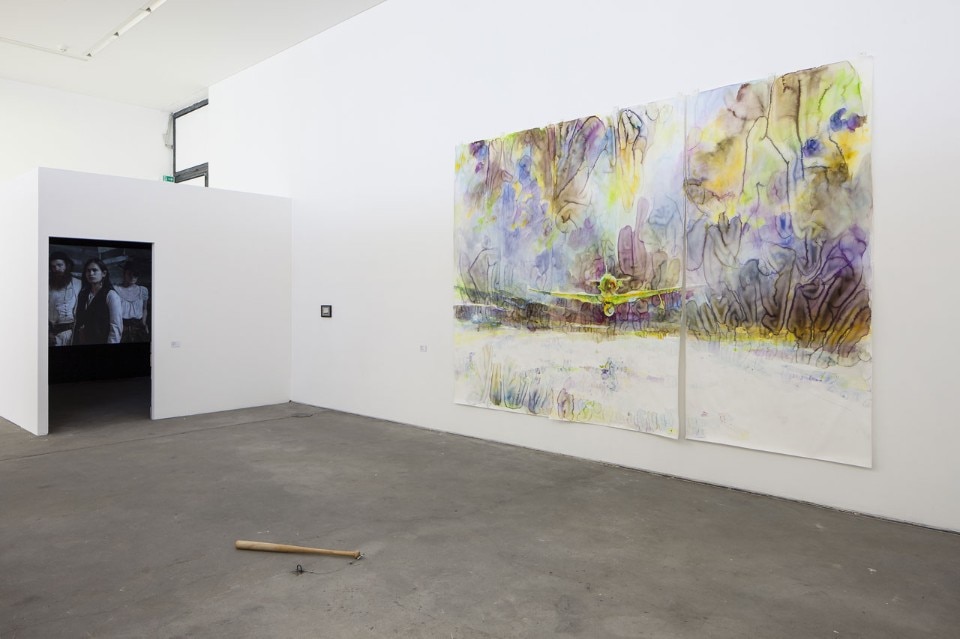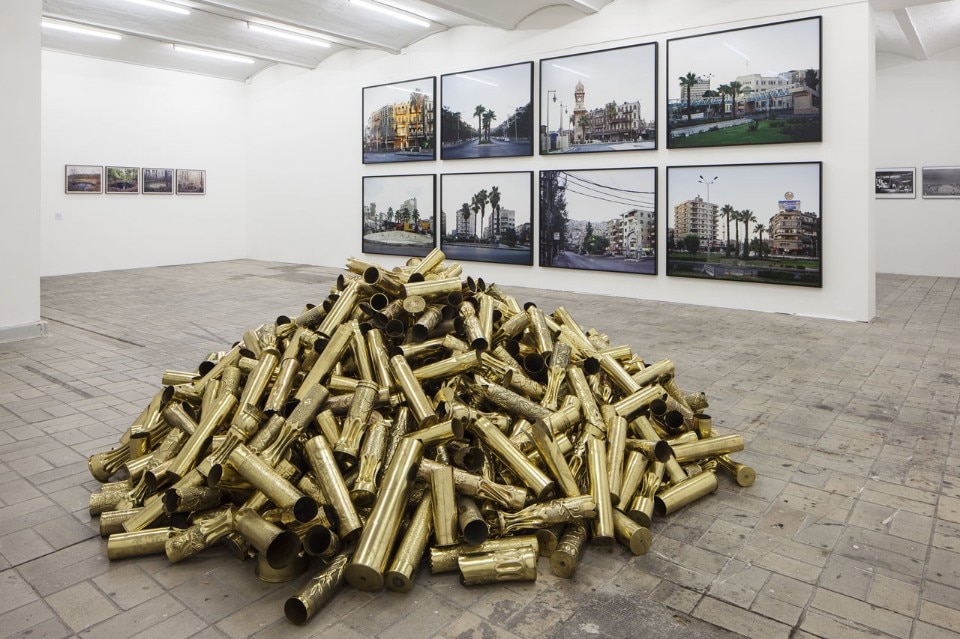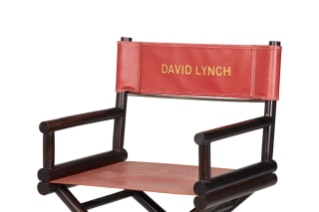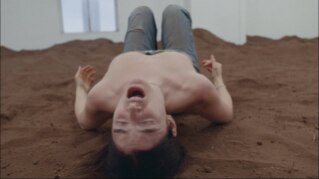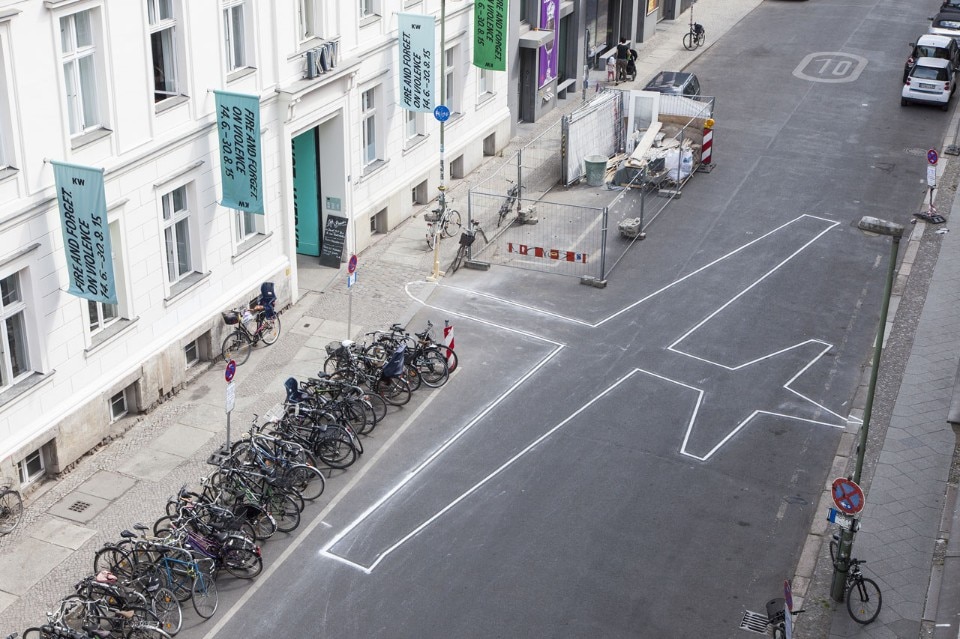
The Affect area, with works by Clara Ianni, Joachim Köster, Gillian Wearing, and He Xiangyu, among others, poses the question of modern weaponry’s long-term consequences to the human psyche; as bodily proximity to the opponent goes missing, any concrete object and identificatory counterpart is withdrawn from the violent act. Possible outcomes of these arguments and different evidence of political actions are also examined, as well as the ways in which this violence expresses itself – for instance in people’s dreams or fears.
The Memory/Remembrance complex is devoted to the potential of history and commemoration in hindering – or in escalating – violence: is it baseless, instinctive? Or might its origins lie in individually experienced violence? Artists such as Rudolf Herz, Kris Martin, and Hrair Sarkissian inquire in their works into the part art plays in remembrance, and in the option of forgiveness as the only form of purposeful forgetting. The chain of causal connections always extends into history, while simple good-bad schematics only serve to protect one’s own image of the world.
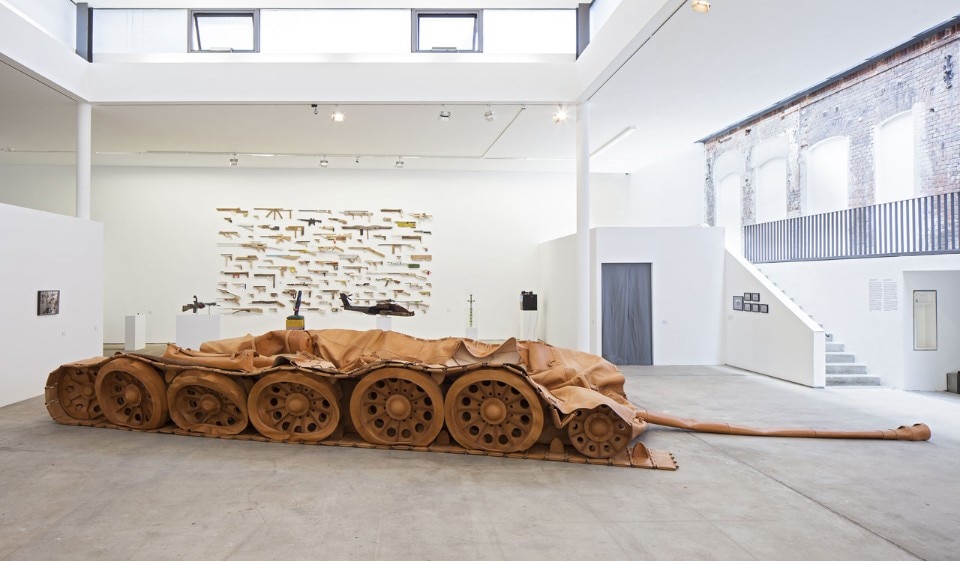
The fourth and last section is concerned with the Event of violence. Works by Julius von Bismarck, Robert Longo, Ala Younis, and others reflect how each new situation is once again a singular moment of release, and of a decision for violence.
New weapon technologies have given rise to a loss of unmediated physical confrontation, and of the fear for one’s own life that had come with it. They therefore require other forms of expression for the sufferance, observation or even simply for the fear of violence. Art is one of the places where this can occur, even though weapons are for the most part, and naturally so, perceived as being per se bad, at the cost of suppressing systematic or historical connections. The exhibition sees itself as an attempt to show that the complexity of violence cannot be justified by its logical or economic calculations nor simply by its emotional affect, and self-reflexively engages with these options, and with the borders of what art may be able to contribute to the discussion.
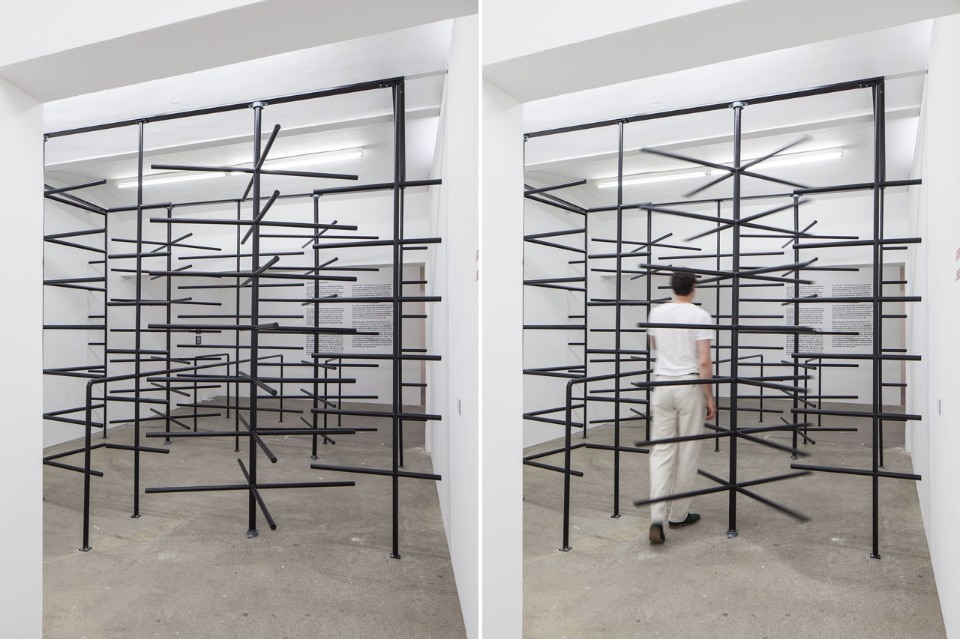
until August 30, 2015
Fire and forget. On violence
curated by Ellen Blumenstein and Daniel Tyradellis
KW Institute for Contemporary Art
Auguststr. 69, Berlin

Windows become frames that narrate the space
A home filled with peace, built with a few essential gestures and a palette of materials in harmony with the surrounding landscape. The anthracite-colored windows by Edilpiù take center stage in this visual narrative.



